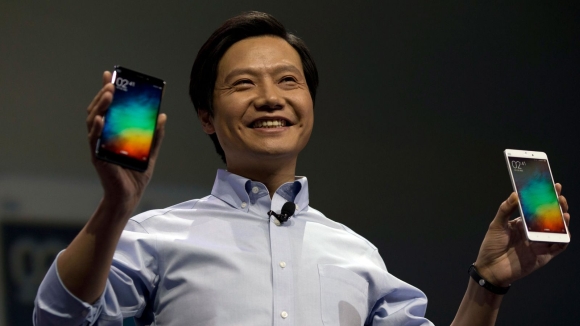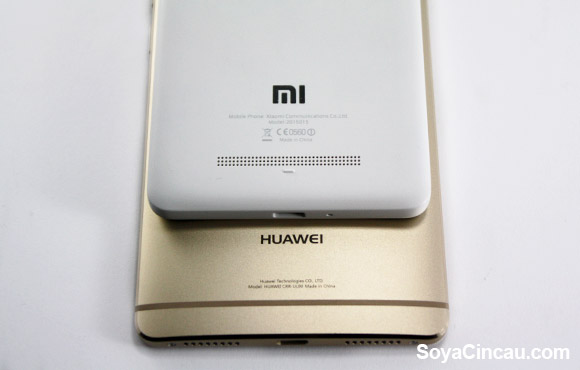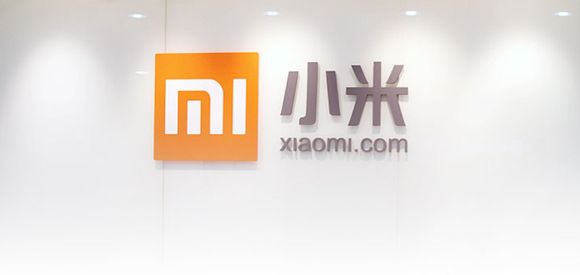The company based out of Beijing has always had high targets, we wouldn’t expect anything less from co-founders Lei Jun and Lin Bin. They aimed high with a range of 80 to 100 million devices but they fell slightly short last year. Still that’s not too bad as they haven’t even started to enter Western markets.
In a post on social site Weibo, Lin Bin posts how the company managed to sell 70 million devices just last year alone. Xiaomi’s reasoning for the less than stellar was because the result comes at the time that the Chinese market is rather saturated.

Eventually, their domestic smartphone market started to slow and they had to compete against Huawei, who have been ramping up brand awareness internationally with appearances at CES 2016 and launches in Europe. Huawei also took to new heights being the first Chinese manufacturer to take a crack at a Nexus device, giving them an advertising opportunity for those who’ve never heard of them.
It’ll be hard for Xiaomi to replicate their own success from 2014, seeing the company’s annual smartphone sales catapult by 226% from 2013. Playing with the big boys by starting to utilise metal in their smartphones will be a tough one. The jump from “affordable and good” to “premium and worth the money” is a long stretch.
But at least, they’ve already started by moving towards non-polycarbonate materials, looking at alternative operating systems and occasionally releasing more than one processor variant of a device to reach wider markets. If they maintain competitive prices, the brand could easily plaster themselves all over the world.

Now it’s down to the consumers, who will have to start changing their mentality and accept that Chinese smartphones can be just as good as devices from US, South Korea and Japan. Once Xiaomi manages to find its way around Western markets then we might see their untapped potential start coming alive but they’ll have to tweak the brand’s image slightly.
In the light of this, we only have one question for co-founders Lei Jun and Lin Bin.
Are you okay?
In all honestly, we don’t think the company has missed too many steps and hope to see them continue to improve in 2016. The Mi 5 coming in February should bring about greater things for Xiaomi and it’s only the beginning of the year.
We think you’re doing (better than) okay.
Do share with us your thoughts on how Xiaomi can improve their products in the comments below.







